Atari ST
games list! |
| Total reviews! |
Handheld: 57 16/32bit Computers: 830 8bit Computers: 413 8bit Consoles: 58 16bit Consoles: 78 32/64bit Consoles: 107 128bit Consoles: 28 |
| OnLine members |
| Currently: 16 |
 |
| Best on 8bit micro! |
International Karate + - Commodore64 Xyphoes Fantasy - AmstradCPC Arkanoid II - AmstradCPC Pang - AmstradCPCPlus Wrath of the Demon - Commodore64 Night Hunter - AmstradCPC Barbarian - AmstradCPC Prince of Persia - SamCoupe Lemmings - SamCoupe |
| Best on 16bit micro! |
Turrican II - Amiga Shadow of the Beast - Amiga Jim Power - Amiga Agony - Amiga Turrican 2 - AtariST Project X - Amiga Super Frog - Amiga Flashback - Amiga Dark Seed - Amiga Flashback - Archimedes Warlocks - Archimedes Cannon Fodder - Amiga Turrican II - PC Universe - Amiga Hurrican - PC Tyrian - PC Super Stardust - AmigaAGA Pac-Mania - X68000 |
| Best on 8bit consoles! |
Pac-Mania - MasterSystem The NewZealand Story - MasterSystem Pang - GX4000 Batman Return of The Joker - nes Battletoads & Double Dragon - nes |
| Best on 16bit consoles! |
Jim Power - snes Donkey Kong Country - snes Aladdin - snes Comix Zone - Megadrive Alien Soldier - Megadrive Blazing Lazers - pcengine Raiden - pcengine Super Star Soldier - pcengine |
| Best on 32bit consoles! |
G-Darius - psone Super Mario 64 - n64 ISS Pro Evolution - psone Perfect Dark - n64 Dino Crisis 2 - psone Resident Evil 2 - psone Metal Gear Solid - psone Oddworld: Abe - psone Klonoa: Door To Phantomile - psone Medievil - psone Nights Into Dreams - Saturn Flashback - CDi |
| Total hits! |
| Puzzle! |
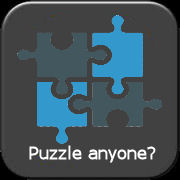 |
| Random Old Ads! |
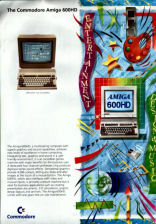 |
| ||||||||||||||||||||||||||
| ||||||||||||||||||||||||||
| ||||||||||||||||||||||||||
 STORY / GAMEPLAY STORY / GAMEPLAYYou control Daniel Larusso and participate in several one-to-one karate matches against various opponents. Daniel can use a variety of attack moves, including roundhouse kicks, flying kicks, punches and so on, but some moves are more effective than others. Occasionally between fights, the game includes bonus levels played occasionally after fights, in which you control Mr. Miyagi as he tries to catch a fly using chopsticks (on the Atari ST and Amiga version) or Daniel must break blocks of ice by building up enough force via joystick wiggling (found only on the Amiga version). Well, unlike the film, you have no guarantee of success, and instead must fight your way past all these baddies, most of whom are, at least to begin with, far faster and better than you. Note that, the game also includes a two-player option. The real aim of the game is to progress, and this is achieved by reducing your opponents strength to zero in each match. The game is really playable as long as you master the controls of course, and is an excellent game for its era! GRAPHICS / SOUND Graphics are nicely done on the original Atari ST version, offering some pretty nice constantly changing Japanese background scenes during gameplay, while sprites are not quite as big as they could be, but they are so well animated that this can easily be ignored. While the action is two-dimensional, the body animation is superior, the various kicks and punches are varied and responsive. Note that the Atari ST version offers only 3 fighting settings, and differentiate them occasionally by changing their color palette and some foreground and backdrop details, while the Amiga version, although a port from the Atari ST, offers 11 unique fighting scenes, as well as there is an extra bonus stage on the Amiga (Daniel breaking the ice) missing on the ST.. The sound is also good, having the original the movie's soundtrack Glory of Love, while there are several nice digitized sound effects accompany each punch or hit during gameplay. | ||||||||||||||||||||||||||
 |
| ||
| ||
| |||||
|
| ||||
| ||
Atari ST
| ||
| read more... | ||
| The Atari ST (default) color palette | ||
 | ||
| 9-bit RGB 512-color palette (16 on-screen and up to 512 in static image) | ||
| ||
| No comments added yet | ||
| Login to leave your message! |
| Our featured games |
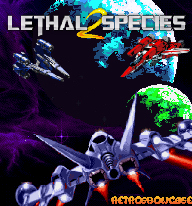 |
| Play old-school now! |
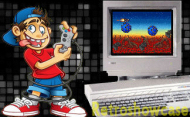 |
| Music Player! |
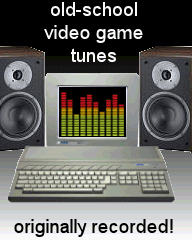 |
| Play ZX on-line!! |
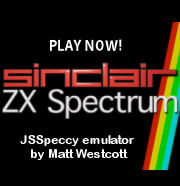 |
| Play CPC on-line!! |
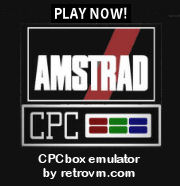 |
| Boot Screens! |
 |
| Retro-games Trivia! |
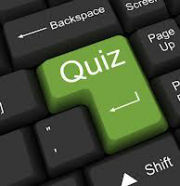 |
| Old-school Crossword! |
 |
| Is this my palette? |
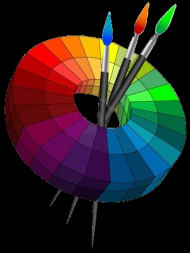 |
| The logo evolution! |
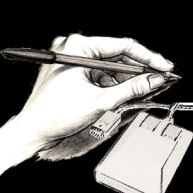 |
| Manuals! |
 |
| Beat them All! |
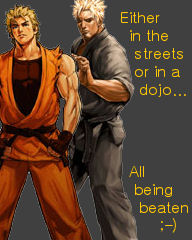 |




 7.0
7.0 6.0
6.0








 CPU: Motorola 68000 16/32bit at 8mhz. 16 bit data bus/32 bit internal/24-bit address bus.
CPU: Motorola 68000 16/32bit at 8mhz. 16 bit data bus/32 bit internal/24-bit address bus.